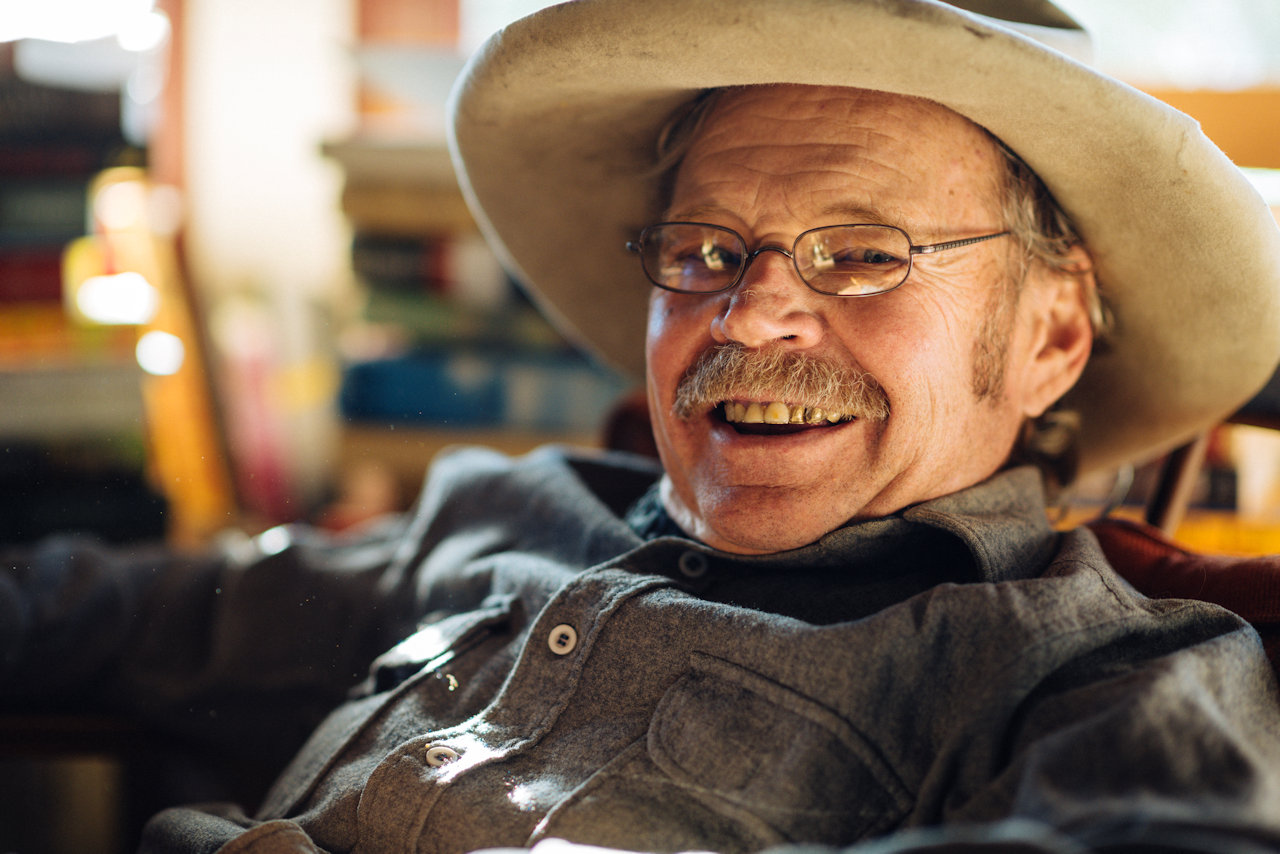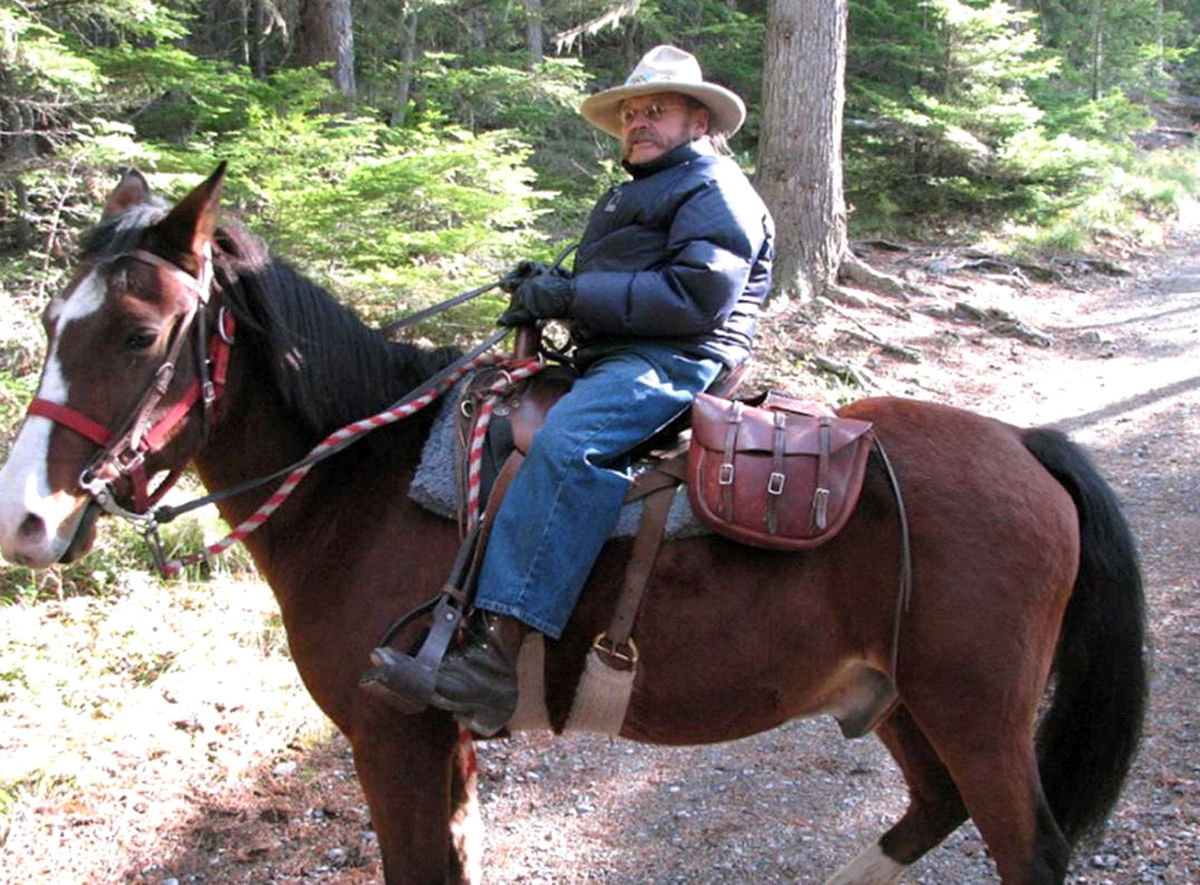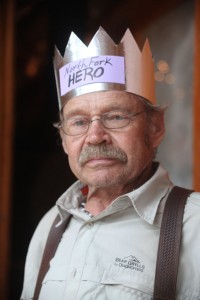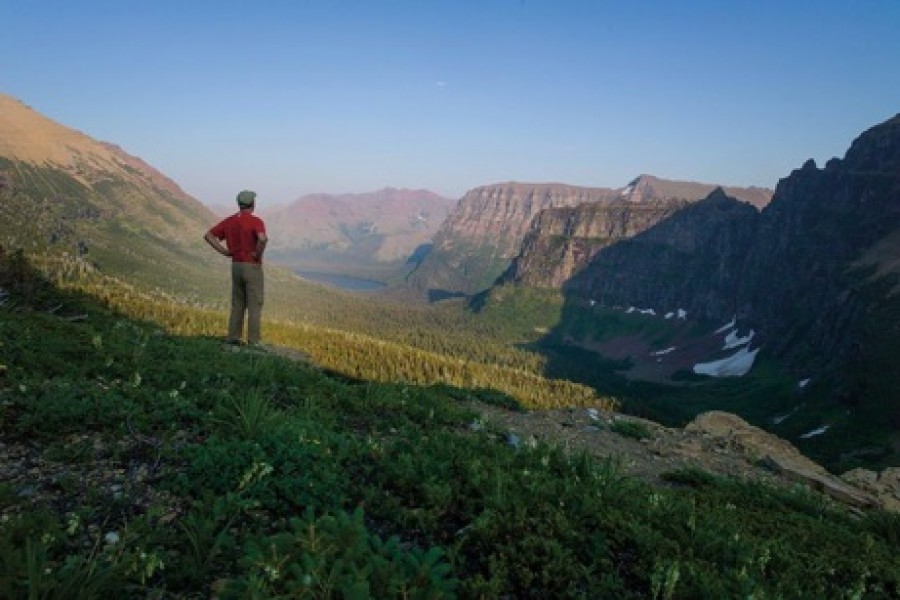Katy Spence of the Montana Environmental Information Center (MEIC) recently published a wonderful interview with Roger Sullivan, who happens to be a board member of both MEIC and our own NFPA. Roger has also been involved with the NFPA from the very beginning.
This piece was originally published in the MEIC’s quarterly Down to Earth publication and is used here with permission. To see the article in full context and with better formatting, you can download the entire newsletter here.
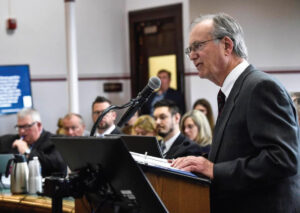
MEIC is fortunate to have a number of friends and allies that we can call upon for support, encouragement, or assistance. This year, we feel especially fortunate to know our board member, mentor, and friend Roger Sullivan. Roger has a deep history in Montana environmental law and justice. For more than 35years, Roger has advocated for Montanans and our constitutional right to a clean and healthful environment. He has successfully represented dozens of Libby residents sickened by exposure to asbestos from the W.R. Grace mining operations. Most recently, Roger was one of the attorneys in the landmark youth climate trial Held v. State of Montana.
Roger has served on MEIC’s board multiple times and has represented MEIC and other public health and environmental groups in innumerable cases. He tirelessly advises and mentors young environmental lawyers in the state, including many of whom have worked with (or still work with) MEIC. Continue reading Extraordinary hope: a conversation with Roger Sullivan

